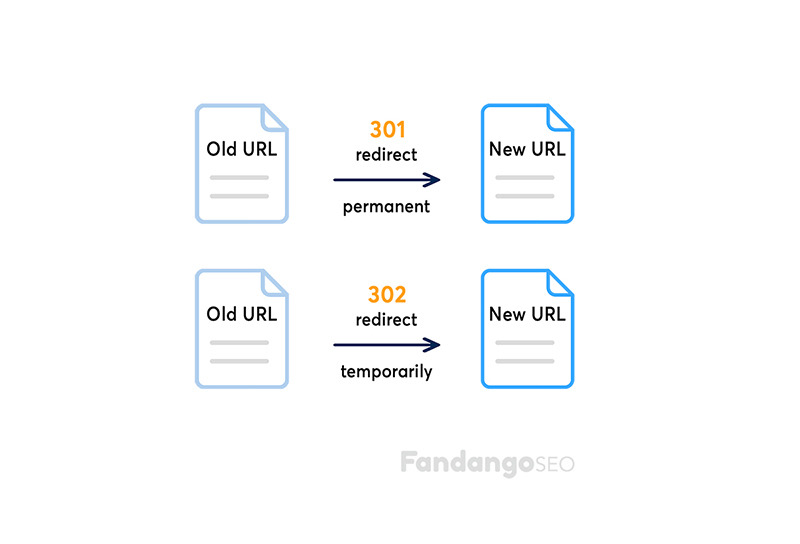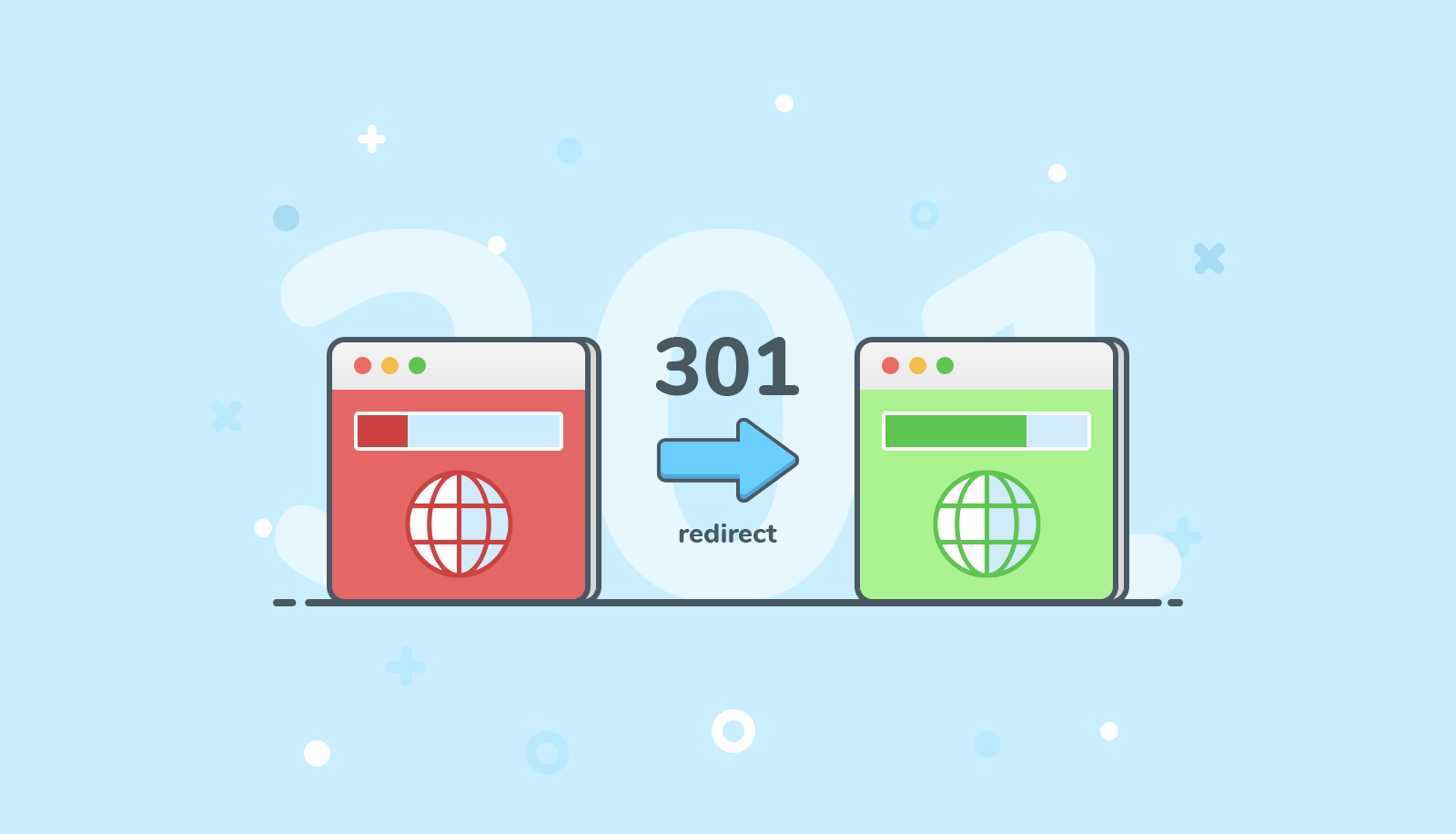Boost Your Site's search engine optimization with 301 Redirect: A Step-by-Step Tutorial
Boost Your Site's search engine optimization with 301 Redirect: A Step-by-Step Tutorial
Blog Article
Master the Art of Implementing 301 Redirects for Better Search Engine Optimization Efficiency
Implementing 301 redirects is an essential facet of website administration that can dramatically affect Search engine optimization performance. Understanding the art of applying 301 reroutes entails even more than just fundamental redirection.

Value of 301 Redirects
When thinking about website optimization, the significance of executing 301 redirects can not be overstated. A 301 redirect is a long-term redirect from one URL to an additional.

Establishing 301 Redirects
Provided the critical function that 301 redirects play in preserving SEO worth and improving customer experience, developing these redirects correctly is paramount for website optimization. To establish 301 reroutes efficiently, start by determining the URLs that require redirection. This involves understanding which pages have been removed or changed and mapping out the new locations for these Links. Next off, accessibility your web site's server to apply the redirects. This can be done with server-side configurations or making use of plugins if you're utilizing a content management system like WordPress. When creating the redirects, ensure that each old link is redirected to the matching brand-new URL with a 301 status code, indicating a permanent relocation. Furthermore, regularly keep track of the efficiency of your redirects making use of devices like Google Browse Console to determine any kind of problems or mistakes that might occur. By vigilantly establishing and monitoring 301 redirects, you can keep SEO equity, boost individual experience, and make sure that site visitors are seamlessly guided to the right content on your site.
Best Practices for 301 Redirects
To ensure ideal efficiency and preserve SEO honesty, adhering to best practices when carrying out 301 redirects is crucial. To start with, it is critical to redirect individual pages to their brand-new matchings as opposed to just sending out all website traffic to the homepage. This makes sure a seamless user experience and keeps the web link equity associated with the specific web page (301 Redirect). In addition, it is suggested to utilize 301 reroutes rather than 302 redirects, as search engines interpret 301 redirects as a long-term modification in address, transferring the search engine optimization value to the brand-new web page. Additionally, it is suggested to restrict the number of redirects in a chain to stop possible concerns with creeping and indexing. Regularly monitoring and upgrading redirects is also crucial, particularly when restructuring sites or transforming Links. Finally, producing a custom 404 error web page can assist users browse the site if they encounter broken links. By adhering to these ideal methods, web sites can successfully manage 301 redirects to improve search engine optimization performance and user fulfillment.
Tracking 301 Reroutes Performance
Effectively tracking the efficiency of 301 redirects is necessary for maintaining SEO performance and ensuring a smooth user experience. To monitor 301 reroutes performance, webmasters can utilize tools like Google Full Report Look Console to recognize any kind of concerns such as redirect loopholes, chains, or mistakes that may negatively impact SEO rankings. On a regular basis looking for crawl mistakes and keeping track of the organic website traffic patterns post-redirect application can give useful insights right into the success of the redirects.
Additionally, establishing proper analytics tracking, such as establishing specific goals or occasions in Google Analytics, can aid determine the impact of 301 redirects on user habits and conversions. This information can provide a detailed sight of exactly how individuals are interacting with the rerouted web pages and whether the redirects are effectively leading users to the designated destination.
Constant tracking and evaluation of 301 reroutes efficiency enable timely changes and optimizations to make sure that the redirects are properly serving their function of keeping search engine optimization equity and offering a smooth browsing experience for customers. 301 Redirect.
Troubleshooting Common 301 Redirect Problems
Keeping track of the efficiency of 301 redirects can expose usual problems that might impede their performance in preserving SEO equity and individual experience. One common trouble is redirect chains, where one redirect causes another in a series, causing delays in web page loading and potentially affecting SEO positions. It is vital to examine reroutes frequently to recognize and get rid of such chains. One more problem to keep an eye out for is redirect loopholes, where pages reroute per other in an infinite loop, causing a bad individual experience and adversely affecting SEO. Confirming redirect destinations is crucial to stop such loops. In addition, incorrect implementation of 301 redirects, such as making use of momentary redirects (302) rather of long-term ones (301 ), can result in shed SEO worth. Guaranteeing that all redirects are appropriately established up as 301 redirects is important for maintaining SEO equity. By fixing these common redirect concerns quickly, website proprietors our website can optimize their search engine optimization performance and enhance individual complete satisfaction.
Conclusion
In conclusion, grasping the application of 301 redirects can substantially boost SEO performance by maintaining internet site web traffic circulation and protecting internet search engine rankings. By comprehending the value of 301 redirects, setting them up correctly, adhering to finest techniques, monitoring their efficiency, and troubleshooting common issues, internet site owners can make certain a smooth user experience and maximize their on the internet visibility. It is essential for services to prioritize the proper application of 301 redirects to enhance their general search engine optimization strategy.
Given the vital role that 301 redirects play in preserving Search engine optimization value and boosting individual experience, developing these redirects correctly is paramount for website optimization - 301 Redirect. In addition, it is recommended to make use of 301 redirects instead of 302 redirects, as search engines translate 301 anonymous redirects as a permanent change in address, transferring the SEO value to the new page. To check 301 redirects efficiency, web designers can use tools like Google Browse Console to identify any type of problems such as redirect loops, chains, or errors that might negatively affect Search engine optimization positions. Furthermore, incorrect implementation of 301 redirects, such as utilizing momentary redirects (302) instead of long-term ones (301 ), can lead to lost Search engine optimization worth. Making certain that all redirects are appropriately established up as 301 redirects is essential for maintaining SEO equity
Report this page